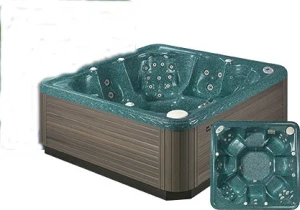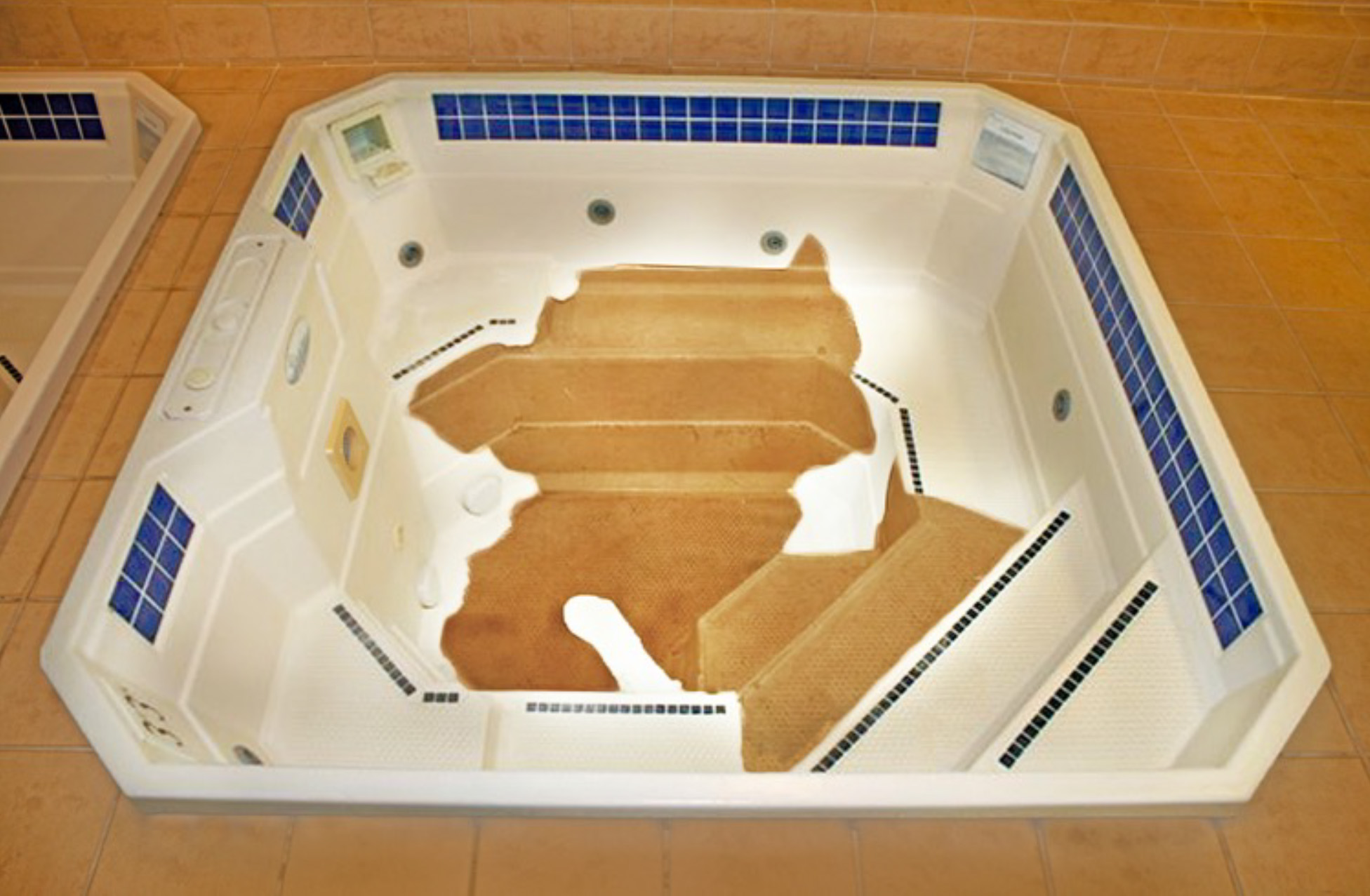Blog Title: “Navigating Wrinkling Issues in Surface Repairs: Causes and Solutions” When undertaking surface repairs, achieving a smooth, flawless finish is the goal. However, one common challenge that can arise is wrinkling during the repair process. Understanding the causes of this wrinkling and how to prevent it is essential for professionals and DIY enthusiasts alike.
Wrinkling in repair coatings can occur for several reasons, often related to the curing process and the interaction between different layers of coatings. If you’re using a system like Quick Glaze, the timing and method of application are crucial. The base coat, which contains a hardener, must be applied first. The critical step is applying the clear coat before the base coat fully cures. If the clear coat is applied too late, its solvents can attack the still-curing base coat, leading to wrinkling.
This issue underscores the importance of adhering to recommended application timings. Under standard conditions, there is a window of about 45 minutes to apply the clear coat over the base color coat at normal ambient temperatures. High temperatures can shorten this window, emphasizing the need for rapid, consecutive application of coatings.
A common mistake that leads to wrinkling is omitting the clear coat entirely. The absence of this protective layer can necessitate the complete removal of the color coat by sanding and applying a lacquer thinner before correctly reapplying the coatings.
It’s important to note that these wrinkling issues are predominantly associated with the Quick Glaze system and not the MMA (Methyl Methacrylate) system, which offers more flexibility in application timings. However, both systems can experience issues if applied over incompatible base coatings, such as epoxy or other unknown coatings.
To prevent wrinkling:
Achieving a perfect repair is as much about technique as it is about understanding the materials and their interactions. By following the recommended procedures and being mindful of the curing times and environmental conditions, you can avoid common pitfalls like wrinkling. For those looking for detailed guidance on specific repair systems, Multi-Tech Products offers comprehensive resources and support to ensure the best outcomes for your repair projects.



Find all the essential information about Multi-Tech Products, from contact details to terms of service, in our comprehensive footer section. We’re here to help you with all your surface repair needs.

Your order has been confirmed & it is on the way. Check your email for the details